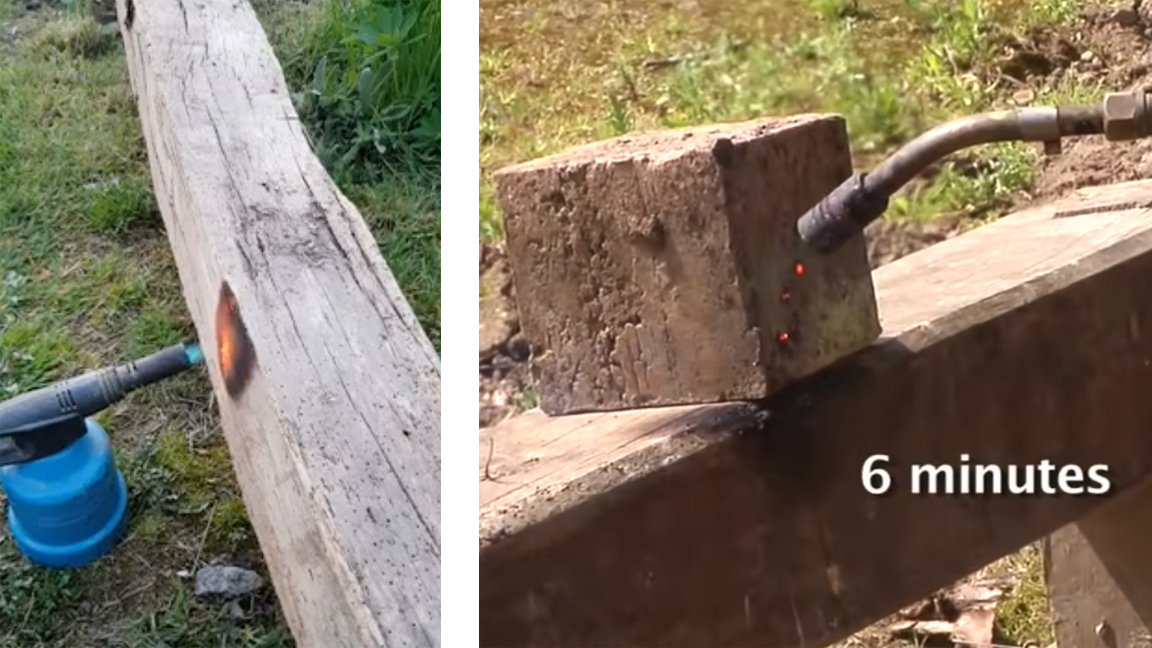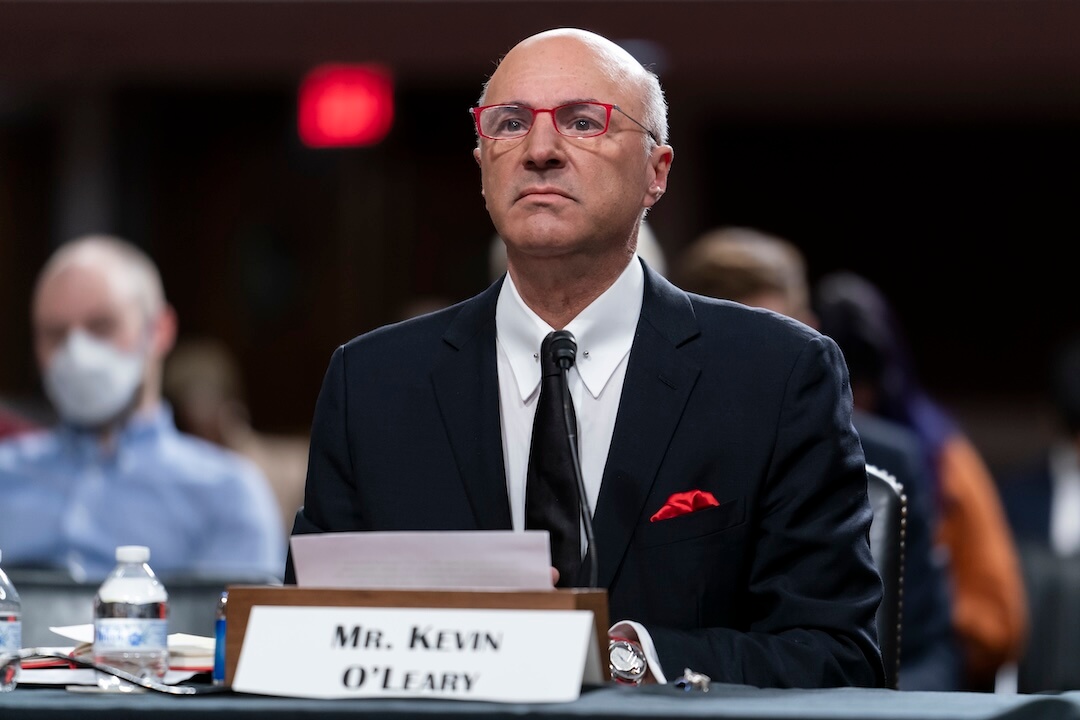This week, two fact-checking outlets in France debunked several viral videos of people trying to light wood beams on fire.
The videos, which together had more than 5 million views as of publication, depict internet users trying to ignite the wood as part of a conspiracy theory about the origin of the Notre Dame fire in Paris more than two weeks ago. Since the oaks beams wouldn’t burn, both Facebook and YouTube users claimed that the cathedral’s destruction could not possibly have been an accident — it had to be a criminal act.
It wasn’t, both the Agence France-Presse and Le Monde’s Les Décodeurs have reported. But that hasn’t stopped the user-generated videos from getting massive reach on Facebook — more than 200 times more likes, shares and comments than the two fact checks combined.
“Some of them reached millions of views, with hundreds of commentaries by barbecue specialists saying every cliché you can imagine,” said Samuel Laurent, editor of Les Décodeurs, in a message to Poynter. “This gives us a measure of the failure of general trust (in media).”
Below is a chart with other top fact checks since last Tuesday in order of how many likes, comments and shares they got on Facebook, according to data from BuzzSumo and CrowdTangle. Read more about our methodology here.
Laurent said the videos were most popular on Facebook among groups supporting the Yellow Vest protests in France, which began in the fall as a reaction to rising diesel prices and have since become a broad, anti-political establishment movement. In the past, Yellow Vest supporters have been both the subjects and sources of misinformation.
To debunk the viral beam-burning videos, Les Décodeurs and AFP didn’t use standard digital verification tools like InVid and Google’s reverse image search. The videos are false, but they’re real.
Instead, the fact-checkers did what many outlets call “triangulating the truth” — speaking to a variety of different experts in order to prove whether or not a claim without obvious concrete evidence is true or false. In this case, AFP and Les Décodeurs spoke to scientists, fire safety experts and engineers, all of whom told them that it’s difficult to set anything on fire in the open air.
That’s no reason to conclude the Notre Dame fire, which started inside the cathedral — not in the open air — was set intentionally, the fact-checkers reported.
The viral, do-it-yourself beam-burning videos are part of a larger effort to spread misinformation about the cause of the Notre Dame fire April 15. That effort has been amplified extensively by the American right, Laurent said.
[the_ad id=”667826″]
The goal is to continue pushing the false, Islamophobic narrative that Muslim terrorists were somehow behind the Notre Dame fire.
“There is a will on the far right to build a storytelling (narrative) saying that, in France, churches are burning and it’s because of Muslims,” he said. “I was struck by the speed of the U.S. alt-right on this. They were perhaps the first to go on conspiracies and terrorism.”
Among the hoaxes that took off in the aftermath of the blaze included real, out-of-date newspaper articles that were shared with new, false context. One live stream was even used to peddle a conspiracy theory that a Yellow Vest protester or someone dressed in Muslim garb was seen walking around Notre Dame while it was on fire (it was just a firefighter).
Those kinds of hoaxes even made it on to mainstream American news shows, BuzzFeed News reported.
The speed of that kind of misinformation isn’t what surprised Laurent following Notre Dame. Instead, it was the virality of videos that took a DIY, Ice Bucket Challenge-style approach to spreading conspiracies about the fire’s origin.
“We had the same kind of spontaneous rise of conspiracy theories after the Nov. 13 (2015) attacks (in Paris),” he said. “But the real new thing is perhaps the video and this structure of making the demo yourself.”
Why fact-checkers couldn’t contain misinformation about the Notre Dame fire







